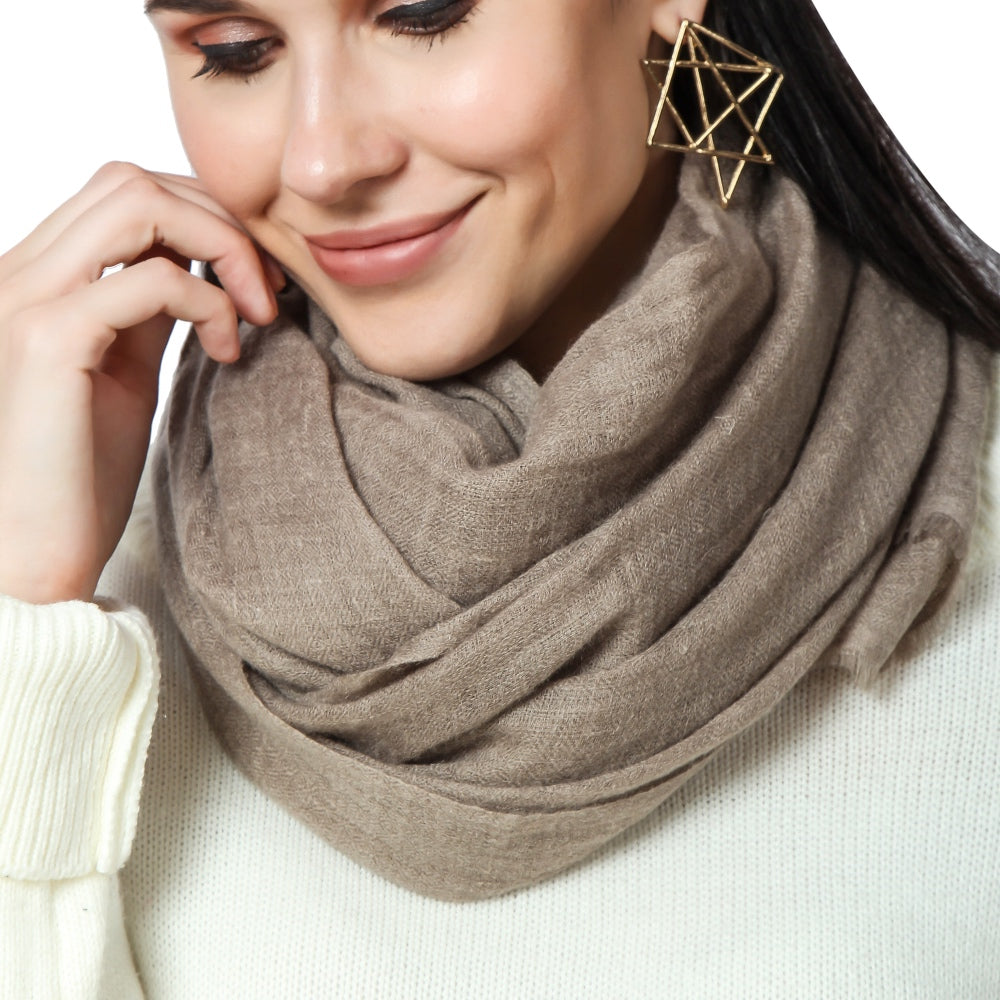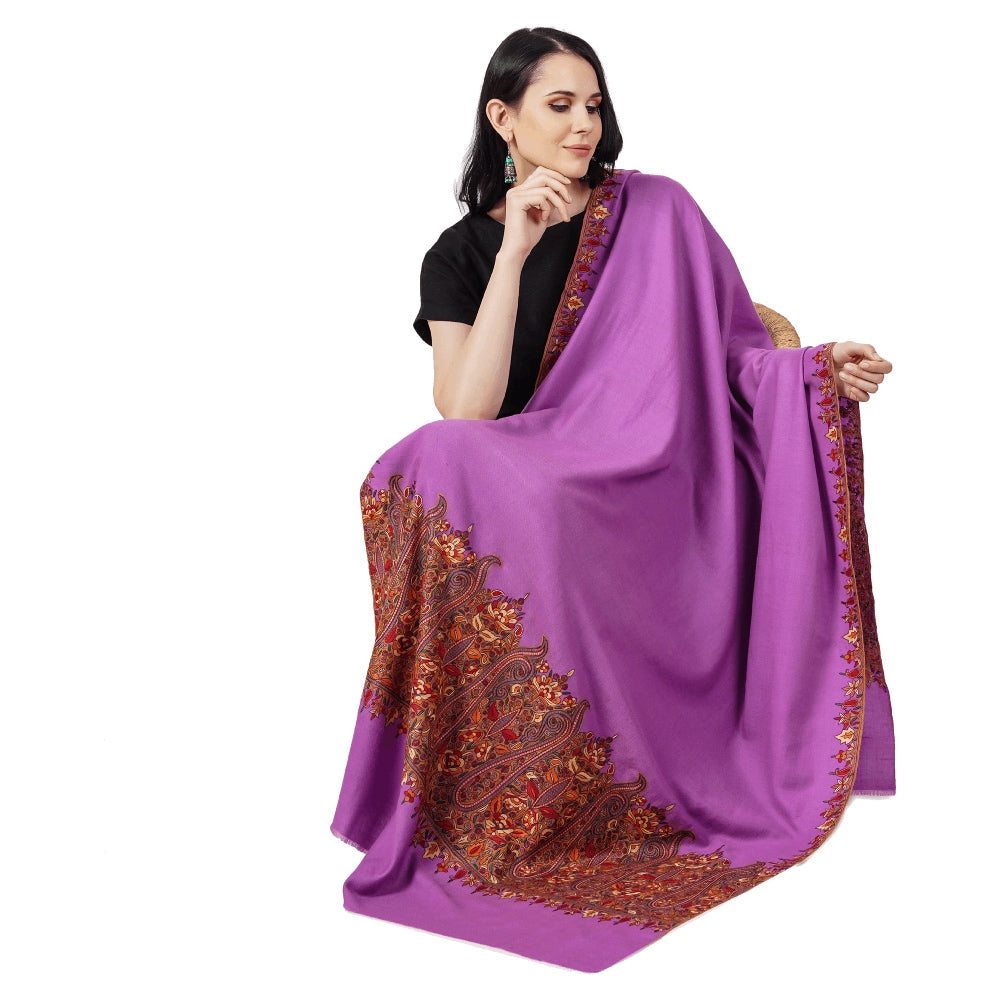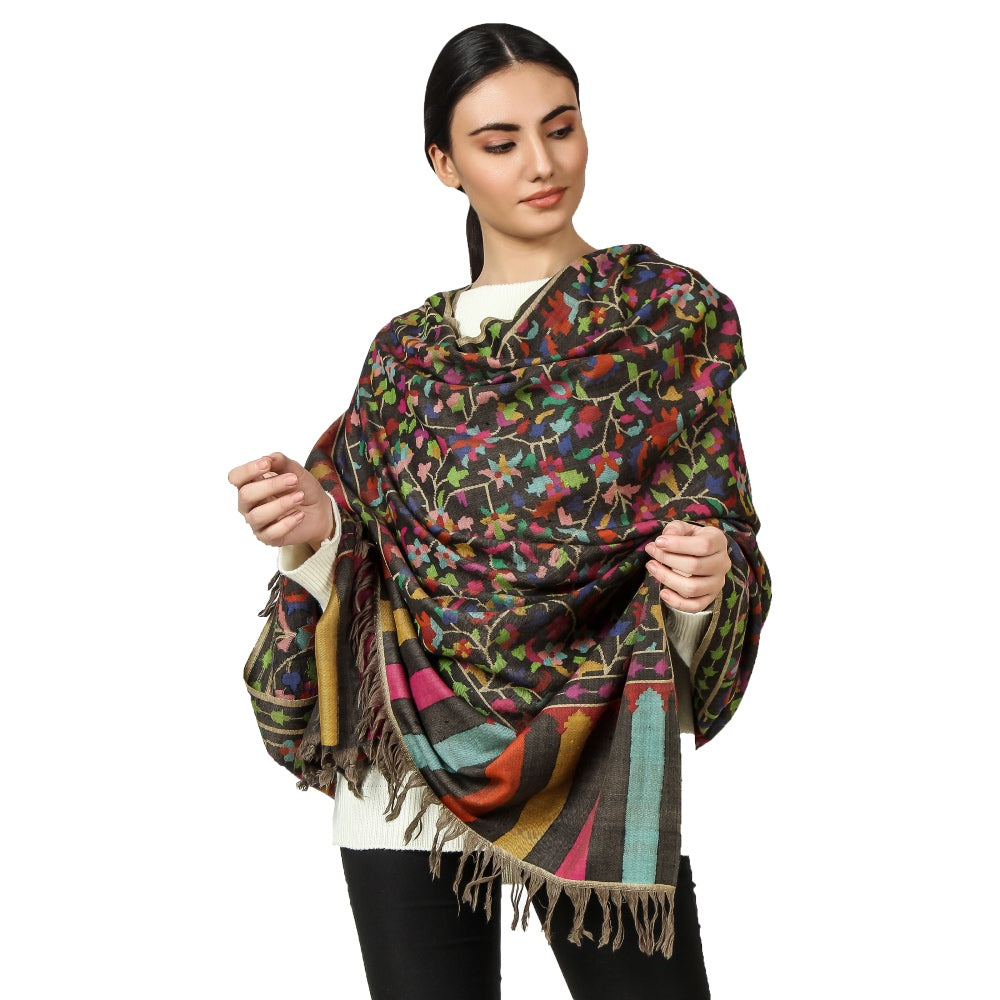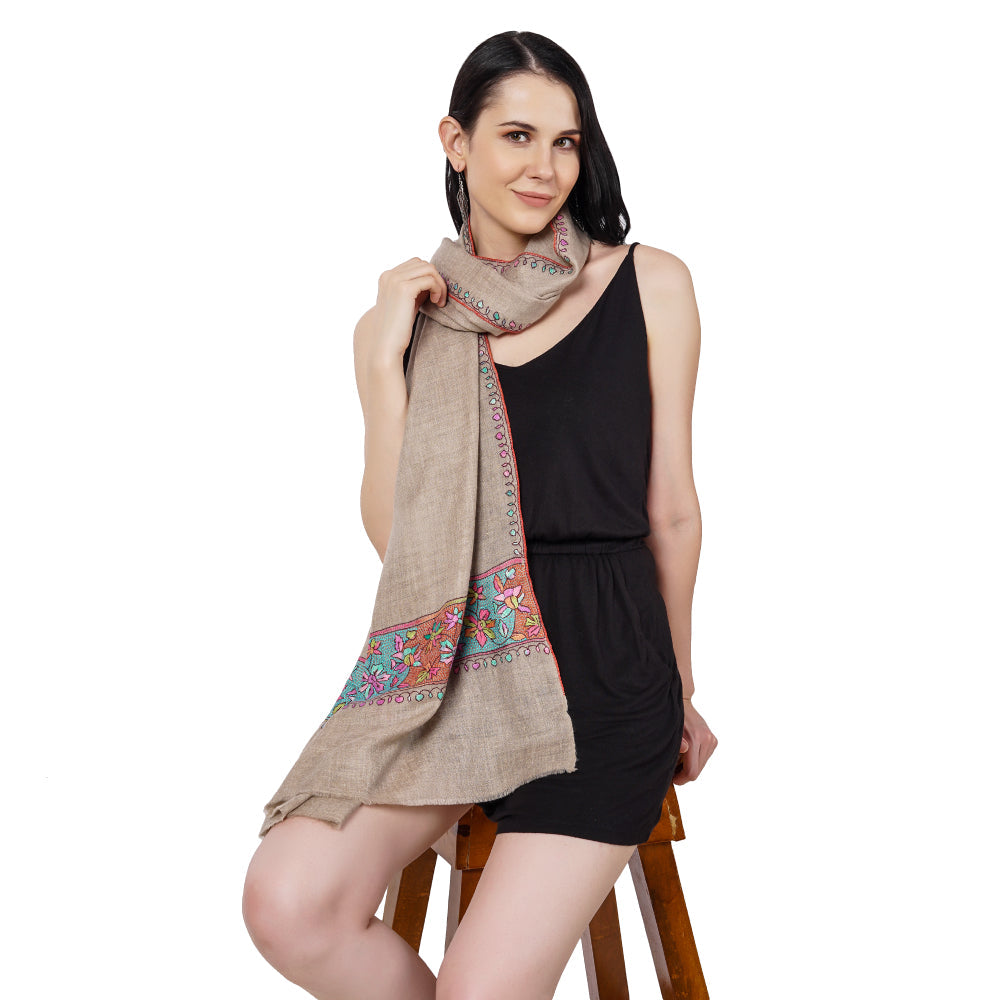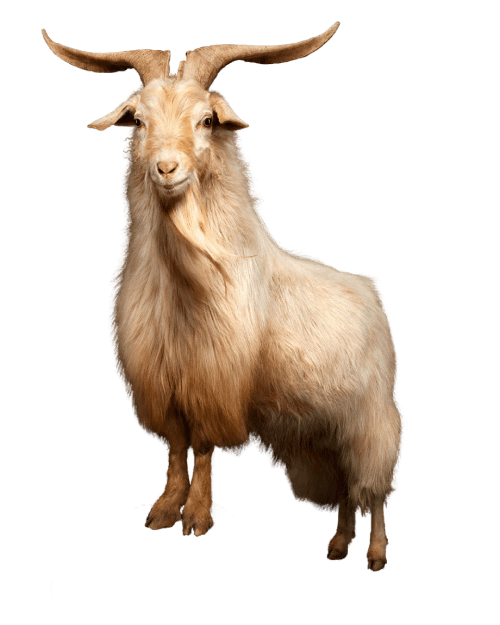
Is Mohair better than Cashmere?
Share
Mohair and cashmere are two of the most popular natural fibers used in the textile industry. They are known for their softness, warmth, and luxury, but there has always been a debate about which one is better. In this article, we will explore the differences between mohair and cashmere and help you decide which one is right for you. We will begin by defining each fiber and explaining the production process. Then, we will compare the qualities and characteristics of the fibers, including their softness, warmth, durability, and price. By the end of this article, you will have a better understanding of mohair and cashmere and be able to make an informed decision about which one to choose for your next purchase.

What is Mohair?
Mohair is a luxurious natural fiber that comes from the Angora goat. The term "mohair" is derived from the Arabic word "mukhayyar," which means "selected" or "chosen." Mohair is known for its lustrous sheen, softness, and durability. It is often used to create high-end garments, such as suits, dresses, and coats, as well as home furnishings, such as blankets and pillows.

The process of producing mohair begins with the shearing of the Angora goat. The fleece is then sorted, washed, and combed to remove any impurities and to separate the longer and finer fibers from the shorter and coarser ones. The longer and finer fibers are used to create high-quality mohair yarn, while the shorter and coarser fibers are used for lower-grade products.
One of the main benefits of mohair is its softness and sheen, which make it ideal for high-end fashion and home furnishings. Mohair is also a durable fiber that can withstand wear and tear and is resistant to wrinkles, stretching, and shrinking. Another benefit of mohair is that it is a natural insulator, which means it can keep you warm in cold weather and cool in warm weather.
However, there are also some drawbacks to using mohair. One is that it can be quite expensive compared to other natural fibers, such as wool or cotton. Another drawback is that some people may be allergic to mohair, as it can cause skin irritation and itching. Additionally, the production of mohair can be problematic if not done sustainably, as it can have negative impacts on the environment and animal welfare.
What is Cashmere?
Cashmere is a luxurious natural fiber that comes from the undercoat of the Cashmere goat. It is known for its softness, warmth, and lightweight feel. Cashmere is often used to create high-end clothing and accessories, such as sweaters, scarves, and shawls, due to its luxurious feel and high cost.

The process of producing cashmere involves collecting the soft undercoat from the Cashmere goat through a process called combing or shearing. The collected fiber is then sorted and cleaned to remove any impurities. The longer and finer fibers are used to create high-quality cashmere yarn, while the shorter and coarser fibers are used for lower-grade products.
One of the main benefits of cashmere is its softness and warmth, which make it ideal for cold weather clothing and accessories. Cashmere is also a lightweight fiber, which makes it comfortable to wear and easy to layer. Another benefit of cashmere is its durability, which allows it to withstand wear and tear and last for years with proper care.
However, there are also some drawbacks to using cashmere. One is that it can be quite expensive compared to other natural fibers, such as wool or cotton. Another drawback is that it requires careful maintenance, as cashmere is delicate and can easily pill or lose its shape if not handled properly. Additionally, the production of cashmere can have negative impacts on the environment and animal welfare if not done sustainably, as it requires a large amount of resources and can lead to overgrazing and desertification of grasslands in some areas.
Also read: Do goats die for Cashmere?
Comparison of Mohair and Cashmere

When comparing mohair and cashmere, there are several factors to consider. One is the production process, which can affect the quality and sustainability of the fibers. Mohair is produced from the Angora goat, while cashmere is produced from the Cashmere goat. Both fibers are collected through combing or shearing, and the longer and finer fibers are used to create high-quality yarns. However, mohair tends to have a coarser texture than cashmere and may require more processing to achieve a soft and luxurious feel.
Another factor to consider when comparing mohair and cashmere is the qualities and characteristics of the fibers. Both fibers are known for their softness and warmth, but cashmere is often considered to be softer and finer than mohair. Cashmere also has a unique texture that allows it to drape beautifully, making it ideal for clothing and accessories. In contrast, mohair has a more textured appearance that can add depth and interest to fabrics.
Durability and longevity are also important factors to consider when comparing mohair and cashmere. Mohair is a durable fiber that can withstand wear and tear and is resistant to stretching and shrinking. It can also retain its shape and appearance over time. Cashmere, on the other hand, is a delicate fiber that requires careful handling and maintenance to maintain its softness and shape. With proper care, however, cashmere can last for years and become even softer with age.
Finally, cost and accessibility are important factors to consider when comparing mohair and cashmere. Mohair is generally less expensive than cashmere, making it a more accessible option for those on a budget. However, high-quality mohair can still be quite expensive. Cashmere, on the other hand, is known for its luxury and high cost. It is often considered to be an investment piece, and its high cost can make it inaccessible for many people.
In conclusion, both mohair and cashmere have their unique qualities and characteristics, and the choice between the two ultimately comes down to personal preference, budget, and the intended use of the fibers.
Also read: Is merino wool better than Cashmere
Conclusion
In conclusion, when it comes to choosing between mohair and cashmere, there are several factors to consider. Both fibers have their unique qualities and characteristics, and the choice ultimately comes down to personal preference, budget, and the intended use of the fibers.
We've covered a lot of ground in this article, including the definition and production processes of both fibers, as well as their benefits and drawbacks. We've also compared the qualities and characteristics, durability, and cost and accessibility of mohair and cashmere.
Overall, mohair is a durable and versatile fiber that offers a unique texture and is more affordable than cashmere. It can be a great option for those looking for a sustainable and budget-friendly alternative to cashmere. However, cashmere offers unparalleled softness and luxury, making it a favorite among high-end clothing and accessory designers. While it may be more expensive and delicate than mohair, it can also last for years with proper care and become even softer with age.
In terms of recommendations, it's important to choose fibers that are produced sustainably and ethically. Both mohair and cashmere production can have negative impacts on the environment and animal welfare if not done responsibly, so it's important to choose brands and products that prioritize sustainability and ethical practices.
Overall, whether you prefer mohair or cashmere, both fibers offer unique and luxurious qualities that can elevate any wardrobe or home decor.

